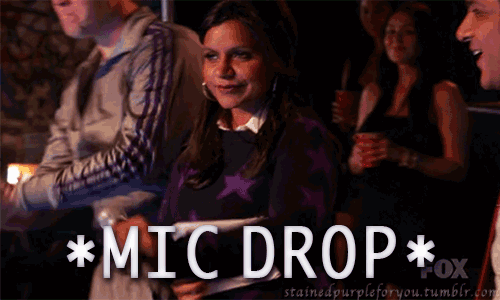Fossil Fuel Company Divestment & Renewable Energy Reinvestment
Fran Teplitz, Policy Director, Green America
The fossil fuel divestment movement continues to grow nationally and internationally as individuals and institutions — including pension funds, institutions of higher learning, and philanthropic endowments –recognize the importance of ridding their portfolios of fossil fuel companies. As we see time again, whether the issue is divestment from apartheid South Africa, divestment from the Sudan, or divestment from tobacco, when investors add the the power of their voice and their assets to social movements, the pace of change can accelerate.
Divestment intensifies public, media, and policy-maker attention to issues and signals that the stakes of inaction are unacceptable. This is certainly true for the climate crisis, in which the threats to human and environmental health continue to mount – especially for populations and ecosystems with no defense.
The fossil fuel company divestment movement, sparked by 350.org, urges investors to divest their portfolios of the top 200 fossil fuel companies. As extreme weather events become more common and the level of carbon pollution continues to rise – exceeding in some areas the 350 parts per million deemed the safest upper limit – all sectors of society need to take action to shift global energy use toward renewable energy and energy efficiency. As 2014 opened, a coalition of foundations, with aggregated assets of $1.8 billion, announced their fossil fuel company divestment plans, giving an important boost to the divestment movement. At the same time, we see the continued development of fossil fuel company-free investment products including progress toward the first fossil free indexes that will help individuals create low carbon portfolios.
More and more investors understand that divestment is the right thing to do from the perspective of planetary well-being – as well as from a fiduciary perspective. Financial analysts are realizing that fossil fuel companies are over-valued and pose increasing risk to investors. We are now at the point where we cannot burn the reserves that fossil fuel companies already have without exceeding the two degree Celsius rise in temperature, over preindustrial levels, that scientists globally agree we must remain under for planetary health. At current carbon dioxide emission rates, we are likely to exceed this threshold.
Green America’s new Guide to Fossil Fuel Divestment and Clean Energy Reinvesting can help individuals, in our roles as investors and consumers, to create the clean energy economy upon which the future depends.
The Guide provides resources to help individuals get started in aligning their investments with their commitment to addressing climate change. Key steps include:
1. Divest Your Fossil-Fuel-Company Holdings
If you own direct company stock, sell any investments in the top 200 companies holding the most fossil-fuel reserves. If you only own mutual funds, call your mutual fund companies and urge them to offer fossil-free options. If they can’t, or won’t, tell them you’ll be shifting more of your mutual fund investing to mutual fund companies that offer fossil fuel company -free funds. Develop a divestment plan so you can meet your financial needs without adding to global change.
2. Reinvest in Clean Energy and Fossil-Free Products
Buy fossil-free stocks in consultation with your financial planner, invest in fossil-free mutual funds and ETFs, or invest in crowd-sourced solar projects.
3. Invest in Clean Energy for Your Home and Community
Boost your home’s value by installing clean energy, or look into community solar opportunities, on the rise nationwide. There are shared renewable energy options for people who rent and a number of utilities themselves that offer clean energy, as well as resellers like PEAR and Ethical Electric that actively work to build more clean energy sources.
4. Shift Your Bank Accounts and Credit Cards
Don’t do business with conventional mega-banks heavily invested in fossil fuels. Move your checking and savings accounts and credit cards to community development banks. Find resources at www.breakupwithyourmegabank.org and www.takechargeofyourcard.org.
5. Support Institutional Divestment Movements
Work with your city, house of worship, university, or other groups that may be invested in fossil fuels. Find ongoing campaigns at www.gofossilfree.org.
Each of us has a responsibility to take as many actions as we can to reverse global warming. If enough of us – citizens, policy makers, businesses, investors, and scientists –take action, we can build a clean energy economy that will serve us for generations to come.
 Fran serves as the Director of Social Investing & Policy at Green America. Green America is a nonprofit membership based organization in Washington, DC that involves consumers, businesses and investors in economic strategies to advance positive social and environmental change. Fran joined the organization in 2000 and manages Green America’s role in various coalitions related to sustainable business and economics, climate change, and other policy issues. She also directs Green America’s work on socially and environmentally responsible investing.
Fran serves as the Director of Social Investing & Policy at Green America. Green America is a nonprofit membership based organization in Washington, DC that involves consumers, businesses and investors in economic strategies to advance positive social and environmental change. Fran joined the organization in 2000 and manages Green America’s role in various coalitions related to sustainable business and economics, climate change, and other policy issues. She also directs Green America’s work on socially and environmentally responsible investing.



